Beyond tapas and paella: Spanish food in a volcanic setting
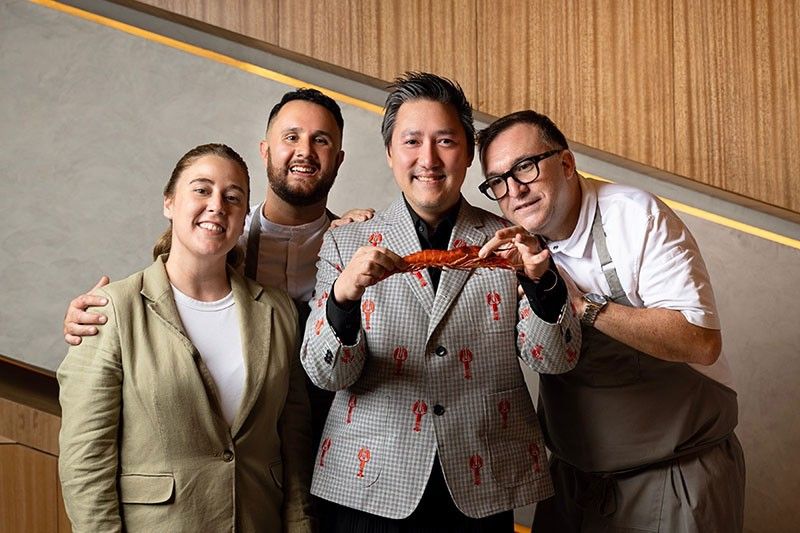
There are destination restaurants, and then there are destination restaurants.
Before it had even opened, people were already driving to Asador Alfonso in Alfonso, Cavite, after seeing posts of its breathtaking, ultra-modern structure on Instagram. Its architect, Carlo Calma, posed beside a shimmering pool, while inside, chef Chele Gonzalez and his staff worked amid an airy, wooden interior. The whole tableau looked so inviting that eager diners somehow found the location, even if it wasn’t on Waze.
On May 17, Asador Alfonso finally opened, the centerpiece of The Lava Rock, a 9.4-hectare farm and leisure development owned by the Calma family, headed by father Pablito, a civil engineer and contractor, and son Carlo, a visual artist and architect.
Carlo envisioned The Lava Rock as a weekend getaway for their family. “It was just a big plot of land, and a big forest area,” he notes. “I was inspired by the volcano — a mountain type environment. And then Chele suggested it should be a roasting house. The asador, it was something like a volcano. So, I said, ‘Okay, let’s go with that, and just really celebrating the farm life.”
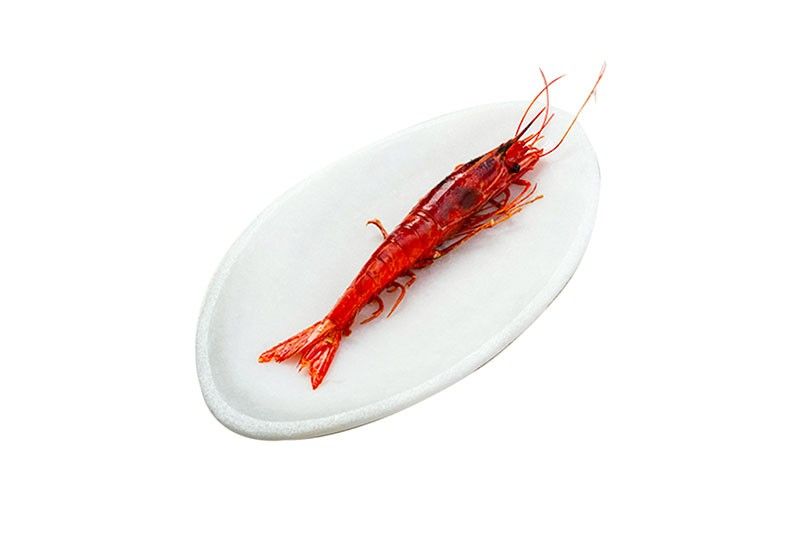
Chele, meanwhile, dreamed of having such a restaurant. Some of the best eateries in Spain are asadors, like the oldest restaurant in the world, Casa Botin. “This is really a showcase of Spanish cuisine,” says the Spanish chef. “You know how everybody exports only tapas and paellas? It’s much more than that. This is what is happening in Spain: bringing traditional cuisine to a fine-dining level with simplicity, not trying to complicate flavors, respecting beautiful ingredients from Spain. And that is sometimes difficult when you cook Spanish cuisine, because the ingredients that you have there, it’s difficult to have here. So you will see what is Spanish cuisine outside the umbrella of tapas and paella.”
Asador Alfonso has different set menus, each highlighting a house specialty like Carabinero, grilled Spanish red prawns, or Lechazo, slow-roasted Spanish suckling lamb. Chele brought in a huge oven so exclusive they hold the franchise to it in the region, and from it emerge dishes fired and flavored with oak wood, just like in Spain.
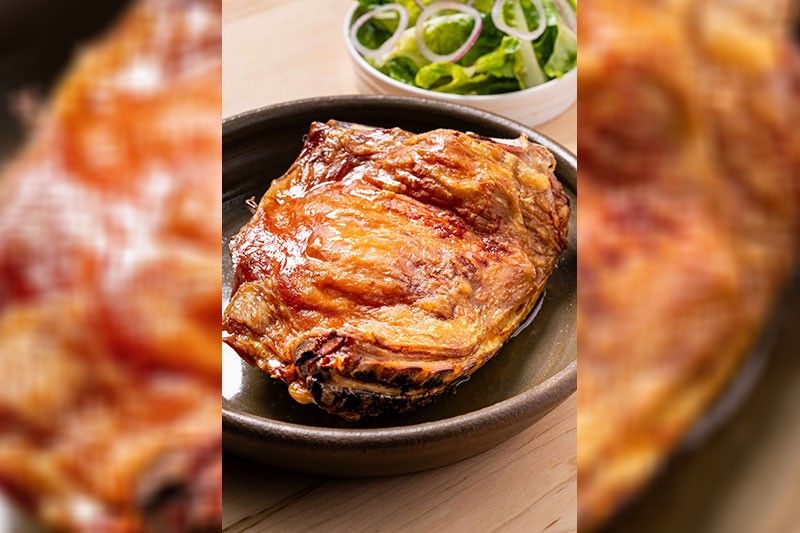
We started with Esparrago, seasonal white asparagus with celeriac toffee puree and extra-virgin olive oil. Vegetable-forward dishes like this are a treat for Therese, who loved the brininess of black caviar against the pristine earthiness of the asparagus.
Chele, who opens dining concepts right and left in addition to running his own restaurant, Gallery by Chele, leaves his babies in the care of chefs he trusts. For Asador Alfonso he chose Rodrigo Osorio, a Spanish chef who hails from the same city he does, and who worked at Gallery for three years. “So, he knows the country, he opened his own business in Spain,” notes Chele. “He knows what it is to be a business owner also, so he’s very hands-on.”
Osorio, who also worked at Michelin-starred restaurants in Spain like La Bicicleta, says that he’d been back and forth between the Philippines and Spain, where he had to care for his sick father, until one day he got a call from Chele: “’I have a project for you, but you need to wait,’” Osorio recalls. “’When you are ready, you tell me.’”
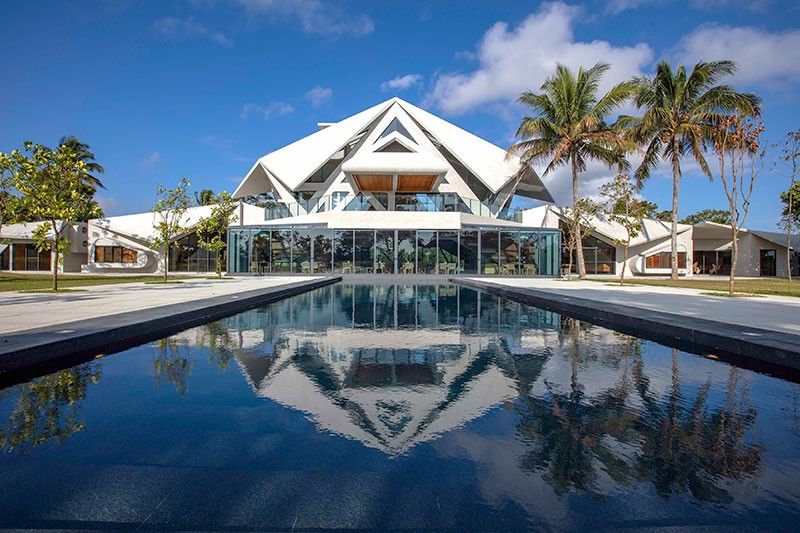
Osorio told him he was ready, moved to Tagaytay with his wife, Irene Fernandez, who also works at Asador Alfonso as maître d’, and here we are.
After an interlude with sourdough bread that we slathered with anchovy butter, we feasted on a trio of cured plates — Chele is definitely in a high curing phase lately. For Tosta de Boqueron, salt-cured fish marinated in vinegar, parsley and extra-virgin olive oil, we loved how he used our humble tawilis for this pintxo, elevating it to new heights.
Matrimonio is a marriage of wood-fired roast peppers and Spanish anchovies; the smoky flavors mingle with the fish and peppers, transporting you to a village roasting pit.
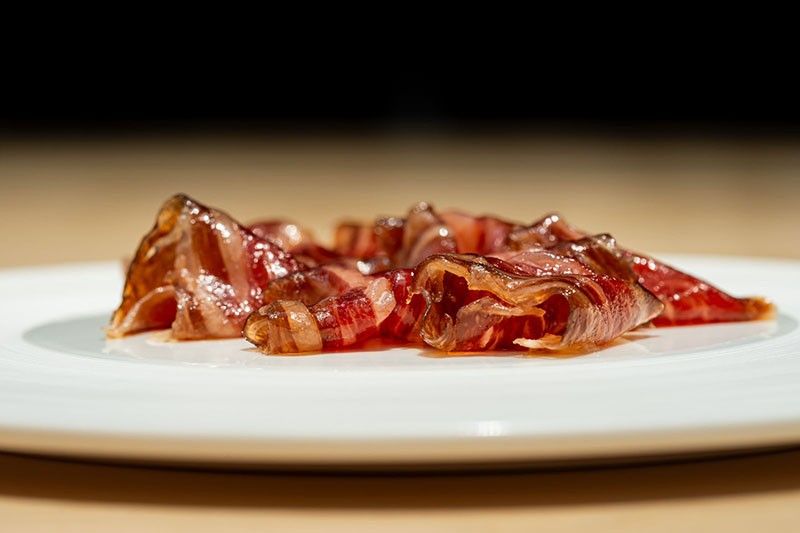
The trio is brought together and enlivened even further by glistening Jamon de Wagyu, Chele’s signature home-cured A5 Japanese wagyu jamon. On the plate, the marbled meat actually does look like marble, with layers of white fat, red softness and sinewy brown cooked pork conjuring a work of art. Like a plumper, subtler, more savory carpaccio, the jamon seems to melt under your gaze: in your mouth, it does much the same, releasing a harmony of meat, savory juice and smoke.
In between courses we savored our surroundings as well. “We just wanted it to be really warm, oak tones,” Carlo says. “Organic, warm, minimalistic.” Art pieces dot the restaurant, including ceramic birds decorating all the tables. “My mom makes ceramics for export,” Carlo continues. “I design it and she makes it, and exports. Chele said, ‘Do you want something for the table décor?’ I said, how about flowers? He said, ‘No!’ So, I thought maybe ceramics.”
Therese’s favorite dish was the Carabinero, a couple of large Spanish red prawns that have been grilled lightly — just enough to bring out their sweet flavors. Irene gave us a pro tip: don’t miss the prawn head, which constitutes half the flavor experience. Consequently, we weren’t shy about sucking out prawn brains, like Hannibal Lecter if he’d been pescatarian.
Another fave was the Setas y Trufa (Mushrooms and Truffle). The trick is to break the egg yolk and slowly let it mingle with the sautéed mushrooms, seasonal truffles (that Chele shaves generously over each portion) and cured pork jaw. The mushroom chunks and pork are so subtly cooked, the dish becomes a mélange of chewy textures and savory flavors. Definitely a hit.
For the piece de resistance, Lechazo, chef Rodrigo’s staff wheeled out the wood-fired lamb shanks and got to chopping it up. It glistened under the dramatic lighting of Asador Alfonso.
Inside a huge Jumaco & Hornos Supermaestro wood-fired oven, the suckling lamb is slow-roasted overnight. Chele explains the process: “It’s slowly cooked first in the oven, then put at a higher temperature, to make it crispy,” he says. “Overnight, it will cook at under 100 degrees Fahrenheit, so it’s like sweating, slowly absorbing juices overnight. So when you come in the morning, you put wood in the oven, 200 degrees, and finish cooking 20 more minutes.”
The Supermaestro oven is a bit more high-tech than typical asador cooking. “We want to be precise, so we do timings,” Chele says.
What results is “a very light, very subtle, very important wood-smoke flavor, and that is from the oven.” It’s served in a big terracotta dish, the crackling skin an adventure on its own. Scott had three ribs, and could have gone for more, if he didn’t feel his head swimming already. A heady experience, this suckling lamb.
Chele explains his tactic to cut the richness of the meat: “We have the salad with Spanish sherry vinegar, which has quite high acidity for vinegar, to clean the palate.” The roasted potatoes are served separately to avoid sogginess, and there’s gravy for dipping, culled from the drippings of the overnight roasting. “All the flavors of the lamb are there.”
The jamon and mushroom dishes were served with a bold, full-bodied Castillo de Olite Crianza from Navarra, Spain (usually Scott finds Crianzas more tepid) that stood up to this exceptional meat dish.
Carlo, who painted a mural of his dad, Pablito, now 93, on the grounds, would love Lava Rock to be the Calmas’ weekend rest house. “But we don’t come here regularly, we still live in Manila,” he laments. “We’re meant to come here weekends. But we’re in business for my dad talaga. It’s specially built for my dad, and he likes animals, he wants to be on a farm. (There’s a chicken coop on the premises housing a turkey that was a gift; there’s also a goat.) It was really his idea. So, he’d say, ‘Make me this, make me that.’ And he just trusted how I’d execute it.”
The pool has a pool house for guests, and the upper levels of the restaurant are meant to be an extension. “We wanted it to just be a multipurpose place upstairs,” says Carlo, “so maybe later Chele will evolve it to another restaurant concept, but for now it’s an extension just to fit people. We can fit 120 inside, 150 with outside,” thus making Asador Alfonso an ideal location for weddings and receptions. “It’s a new kind of template, kind of a private space, but also inviting people in,” Carlo says. “I guess that’s the lure: it’s a rest house, but also open to public.”
Our dessert course is a vanilla flan, the recipe of which originated from Chele’s mom. It’s light, refined and velvety-soft, like a mother’s warm embrace. Not a bad way to cap our Asador Alfonso experience.
* * *
Asador Alfonso is located at Lot-3308, Barangay Road, Alfonso, Cavite (refer to Google Maps for the best route), open Friday to Sunday for lunch and dinner. Call (0917) 150-7621 to make a reservation and follow them on Instagram @asadoralfonso for more information.



















